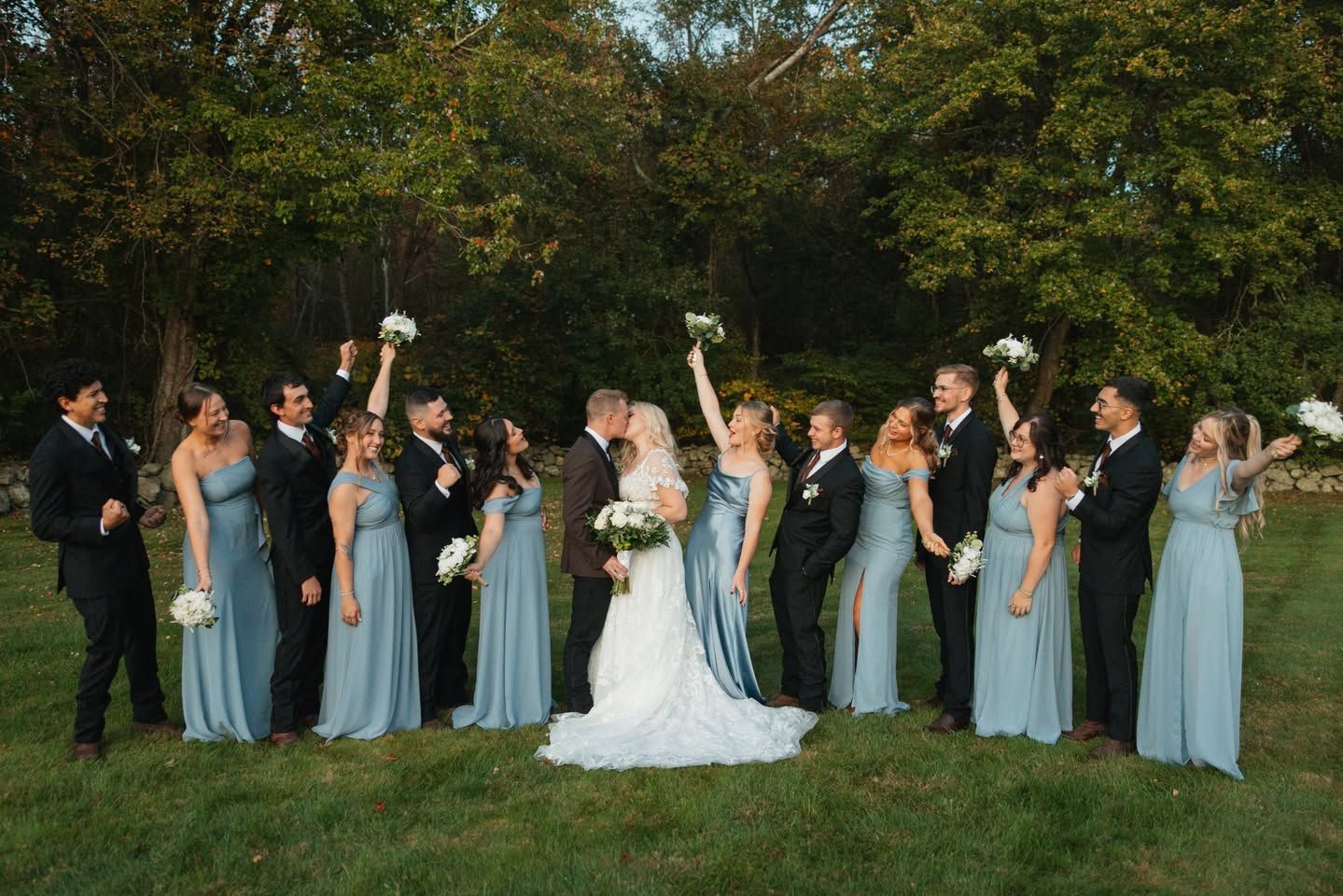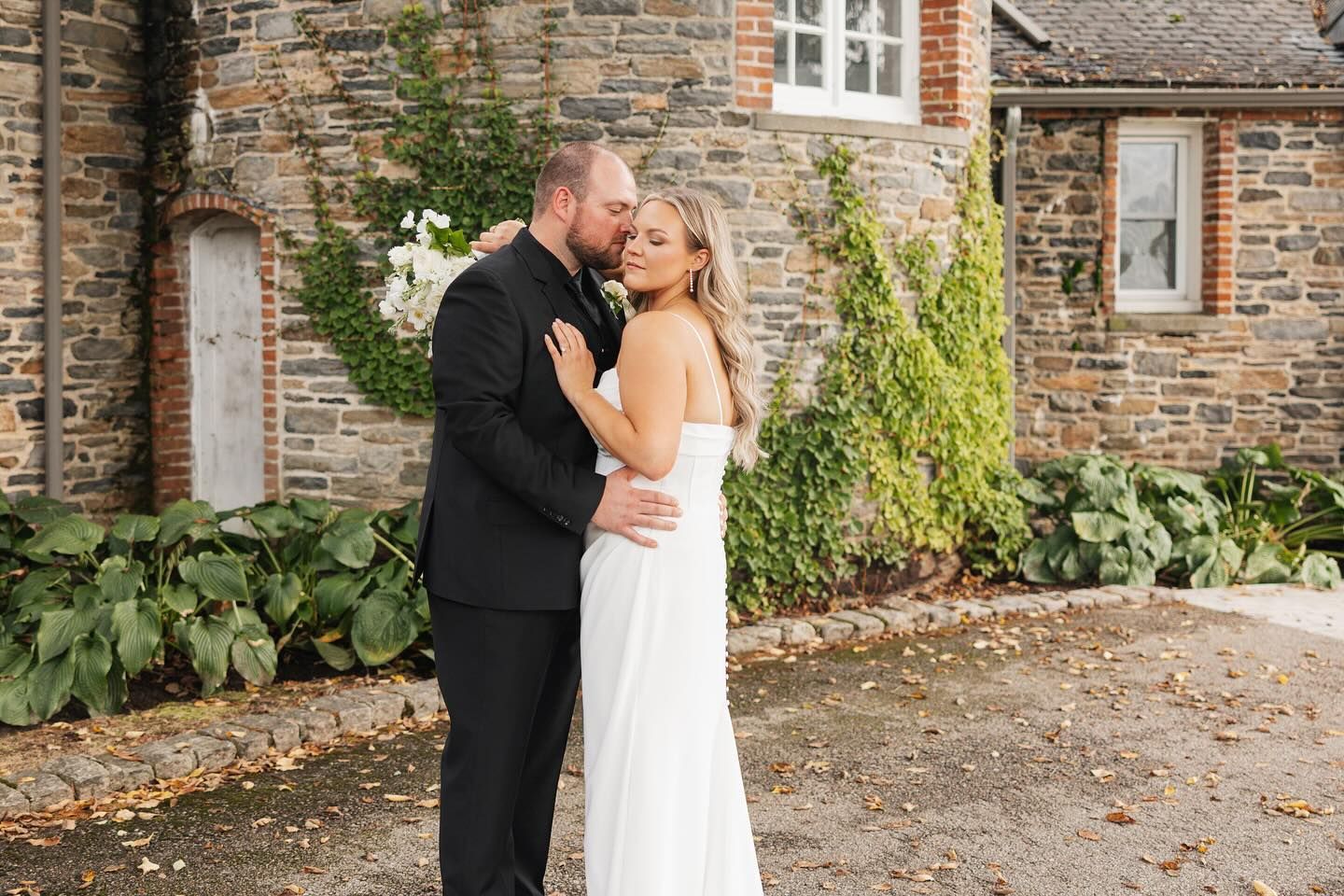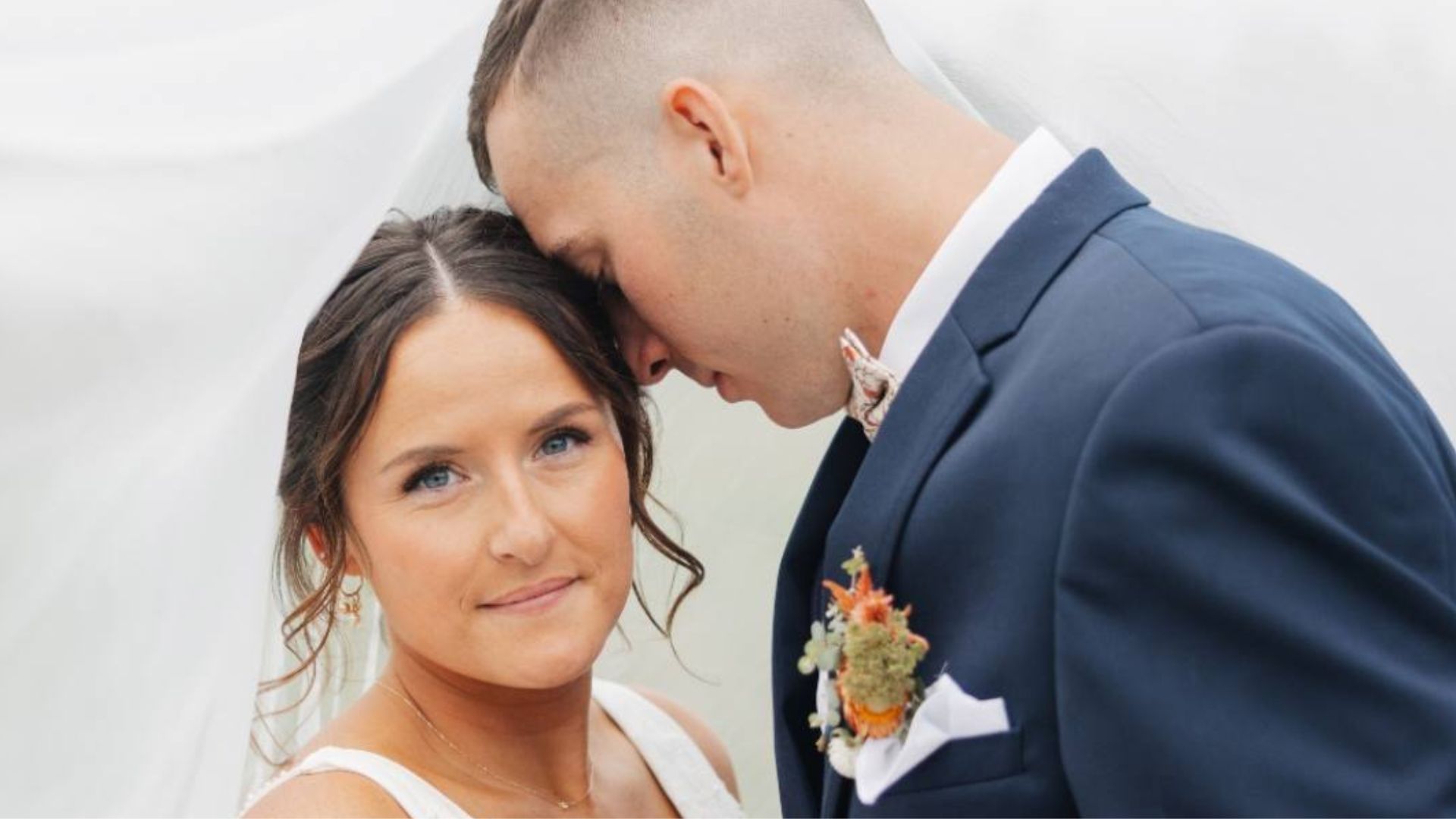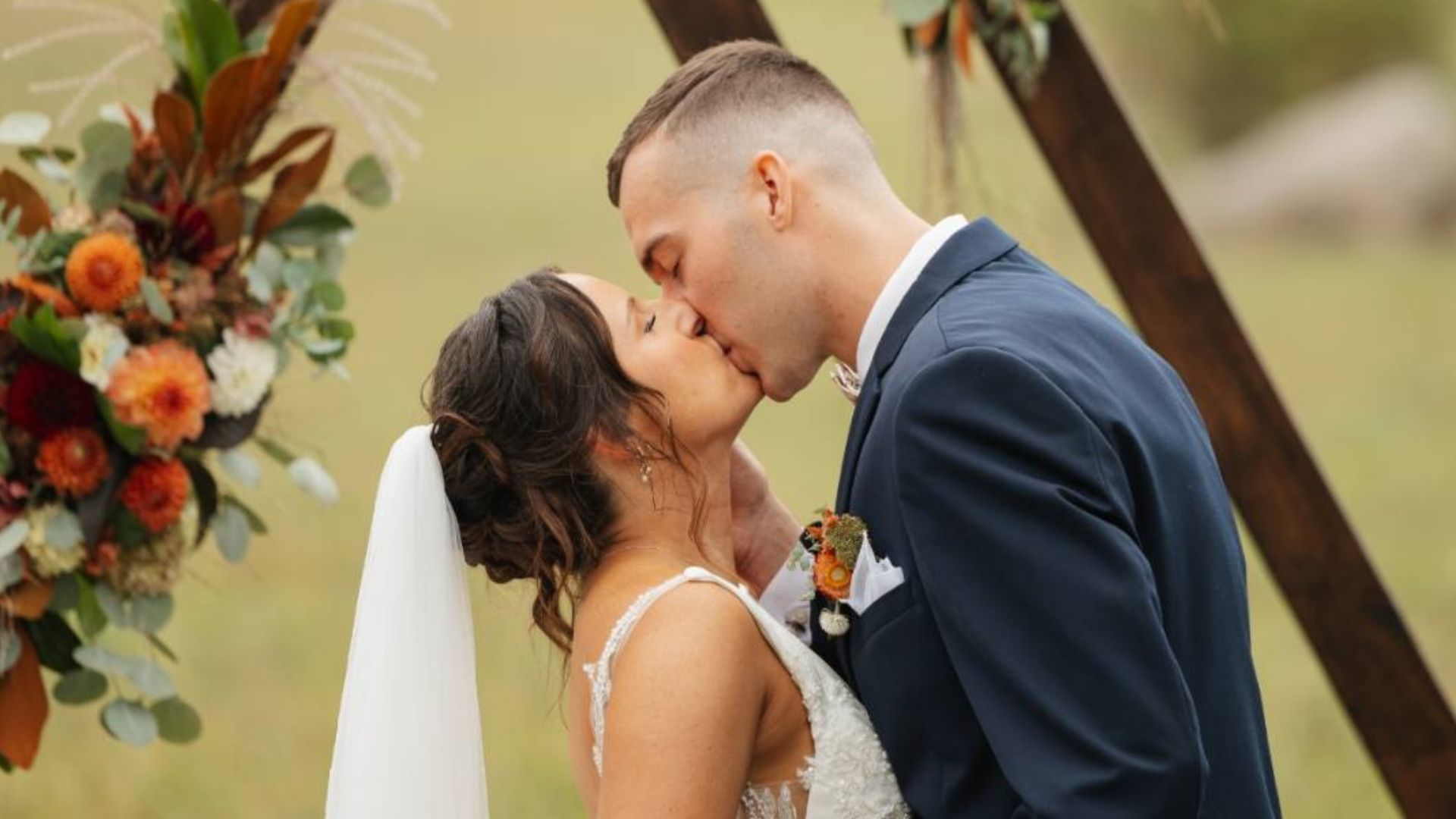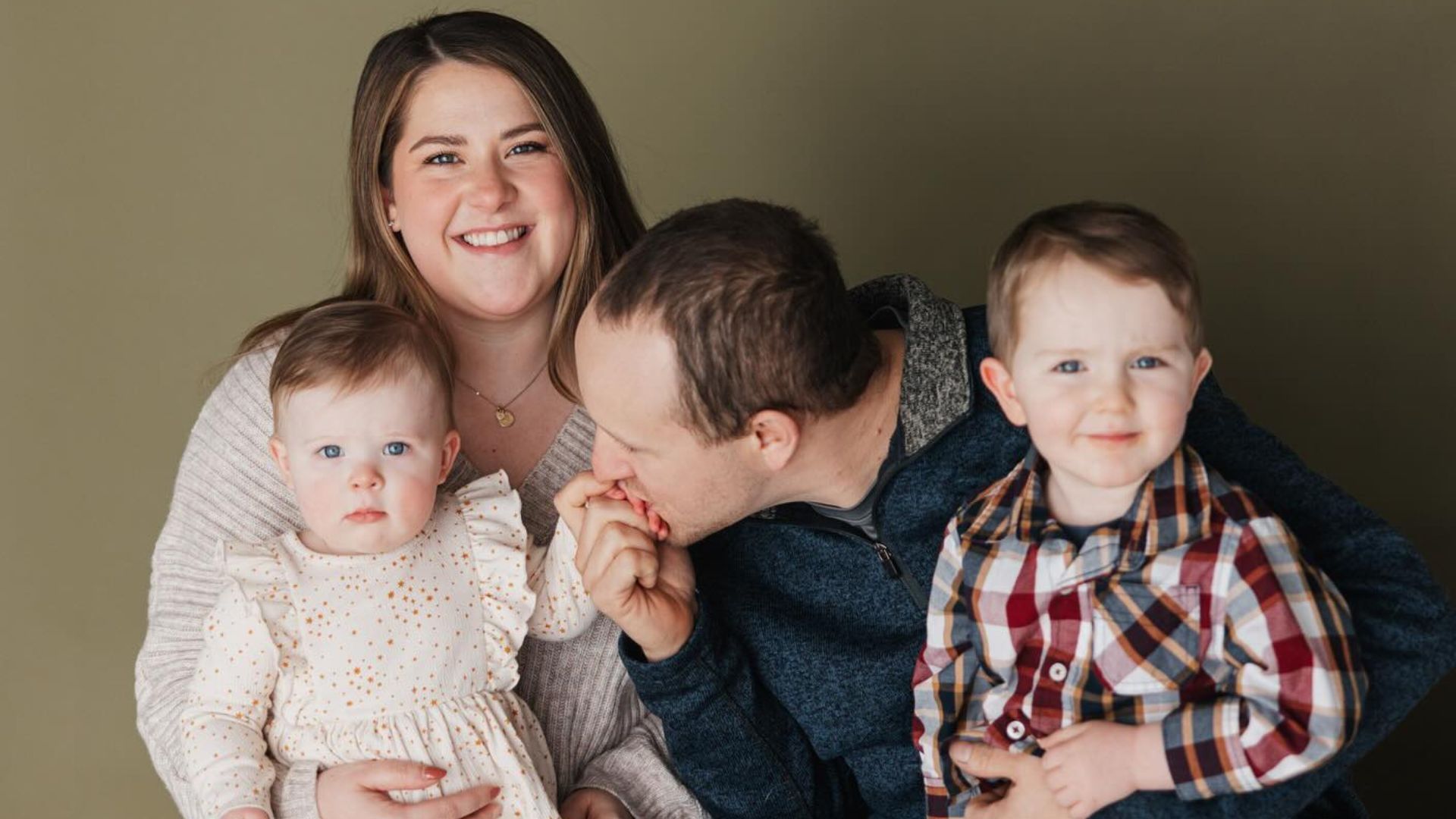In today's digital age, being comfortable in front of the camera is essential for anyone looking to create video content, whether it's for personal branding, professional presentations, or social media engagement.
This blog will provide actionable tips to help you ease camera jitters and project confidence. We will explore techniques such as practicing beforehand, adjusting your environment for comfort, and utilizing positive affirmations to shift your mindset.
Additionally, we'll discuss the importance of wardrobe choices and body language in enhancing your on-screen presence. With these strategies, you'll be well on your way to feeling at ease and authentic when the camera starts rolling.
Practicing Regularly: Building Comfort Through Repetition
The Importance of Consistency
Regular practice is key to overcoming anxiety and fostering a natural on-camera presence. Consistency allows you to become familiar with your delivery style, tone, and pacing. The more often you record yourself, whether through rehearsals or casual practice sessions, the more comfortable you'll become with the nuances of speaking on camera.
Techniques for Effective Practice
- Rehearse in Front of a Mirror: Watching yourself while you speak can provide immediate feedback on body language, facial expressions, and overall delivery. This practice can help you identify areas for improvement and gain confidence in your appearance.
- Record and Review: Use your smartphone or camera to record practice sessions. Reviewing these recordings can be invaluable; it allows you to pinpoint strengths and weaknesses in your presentation skills. Over time, this preparation will translate into a more polished performance when it truly matters.
- Seek Constructive Feedback: Sharing your recordings with trusted friends or colleagues can provide you with different perspectives on your presentation style. Constructive criticism can help you refine your approach and make necessary adjustments before your actual shoot.
Celebrate Small Wins
Make it a point to celebrate your progress, no matter how minor. Recognizing improvements—be it in your comfort level, delivery, or overall confidence—reinforces a positive mindset and motivates you to keep practicing. Embracing this journey of growth will make your on-camera experiences increasingly enjoyable and successful.
Setting the Scene: Creating a Comfortable Filming Environment
Choosing the Right Location
The location where you film can significantly impact your comfort and the overall quality of your video. Select a space that is quiet, well-lit, and free from distractions. Natural light is often the most flattering, so try to position yourself near a window or utilize soft, diffused lighting to enhance your appearance on camera. Consider the background of your shot; it should be tidy, relevant, and not detract from your message.
Arranging Your Space
Once you've chosen a location, it's important to arrange your filming space to ensure comfort and functionality. Set up your camera at eye level, and if possible, use a tripod for stability. Organize your equipment and any props you plan to use within easy reach to avoid unnecessary movement during filming. Comfortable seating can also help ease tension and allow you to relax into your performance.
Reducing Distractions
To create an ideal filming environment, minimize background noise and visual distractions. Inform household members or colleagues of your filming schedule to prevent interruptions. Silencing alerts on your devices and closing unnecessary tabs or applications can further enhance focus. Ensuring a clearer filming space will help you direct your attention toward delivery and content rather than external disruptions.
Using Personal Touches
Incorporating personal touches into your filming environment can foster a greater sense of comfort and authenticity. This could include displaying meaningful items, using familiar decor, or surrounding yourself with inspirational quotes. A personalized setup not only makes you feel more at home but also connects your audience to your personality, enhancing your overall on-camera presence.
Positive Affirmations: Boosting Confidence Before Filming
Understanding Positive Affirmations
Positive affirmations are short, powerful statements that challenge negative thoughts and self-doubt. By repeating affirmations, you can rewire your thinking patterns, fostering a more positive self-image and enhancing your confidence. For content creators, integrating affirmations into your pre-filming routine can significantly impact your on-camera performance.
Crafting Effective Affirmations
When creating affirmations, focus on being specific, present, and personal. Instead of generalized statements like “I will do well,” tailor your affirmations to address particular skills and attributes. For instance, you might use statements such as “I am confident and engaging on camera” or “My message is valuable and resonates with my audience.” Ensure that your affirmations reflect the qualities you wish to embody during your filming sessions.
Incorporating Affirmations into Your Routine
To maximize the effectiveness of positive affirmations, integrate them into your daily routine. Consider starting each day with a few minutes dedicated to repeating your affirmations aloud or writing them down. You can even adopt this practice immediately before you film, creating a mental buffer that helps alleviate anxiety and reinforces your confidence. Alternatively, record your affirmations and play them back as you prepare for your shoot, immersing yourself in your positive reinforcement.
The Power of Visualization
Combining positive affirmations with visualization techniques can amplify their impact. As you repeat your affirmations, visualize yourself successfully delivering your message with poise and confidence in front of the camera. Picture the positive reactions from your audience, allowing yourself to feel the accompanying emotions of success and achievement. This dual approach can help cement your beliefs and make you more comfortable in front of the lens.
Building a Positive Mindset
Incorporating positive affirmations into your routine not only helps foster confidence but also cultivates a more optimistic mindset. When you face the camera with positive beliefs about yourself, it becomes easier to connect with your audience authentically. This shift in perspective can lead to improved performance and an overall more enjoyable filming experience, allowing you to convey your message with passion and authenticity.
Choosing the Right Wardrobe: Enhancing Comfort and Confidence
Understanding Your Audience
Selecting the appropriate wardrobe for filming involves more than just personal style; it's also about understanding your audience. Consider what attire aligns with their expectations and the context of your content. A professional setting may require more formal attire, while casual videos can be accompanied by relaxed clothing. Tailoring your wardrobe to your viewers helps establish credibility and connection.
Prioritizing Comfort
When filming, comfort is key to ensuring your confidence shines through. Choose outfits that allow for ease of movement and won't distract you from your message. Avoid clothing that is overly tight or restrictive, as this can result in discomfort and hinder your performance. Fabrics that breathe and fit well can help you feel at ease, allowing you to focus on your delivery rather than your attire.
Selecting Flattering Colors
The colors you wear can greatly influence how you appear on camera and how you feel. Opt for shades that complement your skin tone and add vibrancy to your look without overpowering your presence. Generally, solid colors work better on camera than busy patterns, which can be distracting. Consider the psychology of colors; for instance, blue conveys trustworthiness, while red can signify energy and passion.
Accessorizing Wisely
Accessories can enhance your wardrobe and add a personal touch, but it’s essential to keep them subtle and appropriate. Select accessories that complement your outfit without drawing too much attention away from you as the focal point. Simple jewelry or a stylish watch can elevate your look, but avoid large statement pieces that may clatter or be distracting during your recording.
Preparing for the Shoot
Once you've chosen your outfit, it's beneficial to prepare in advance. Try on your wardrobe a day before filming to ensure everything fits well and feels comfortable. This allows you to make any necessary adjustments, such as changing into a different outfit or adding layers if the temperature fluctuates. Being well-prepared will help you maintain a calm mindset on the day of your shoot, further boosting your confidence.
Understanding Body Language: Projecting Positivity on Camera
The Importance of Body Language
Body language is a powerful form of communication that can significantly influence how your audience perceives you. In video content, your gestures, posture, and facial expressions convey messages that may reinforce or contradict your spoken words. Being aware of your body language allows you to project confidence and engage your viewers more effectively.
Posture: Standing Tall
Maintaining good posture is crucial for projecting positivity. Stand or sit up straight with your shoulders back; this not only makes you appear more confident but also enables better breathing, which can improve your vocal delivery. Avoid crossing your arms or hunching over, as these positions can suggest defensiveness or disinterest. Instead, keep your arms relaxed at your sides or gently use hand gestures to emphasize your points.
Facial Expressions: Connecting Emotionally
Your facial expressions play a vital role in conveying authenticity and emotion. A genuine smile can create an immediate connection with your audience, making you appear more approachable and engaging. Practice varying your expressions to match the tone of your message, whether it’s excitement, reassurance, or empathy. Remember to maintain eye contact with the camera; this increases the sense of connection and trust with viewers.
Hand Gestures: Enhancing Engagement
Using hand gestures can help to reinforce your message and keep your audience engaged. Natural, open gestures can make you appear more animated and passionate about your topic. However, be mindful not to overdo it—excessive movements can be distracting. Find a balance where your gestures complement your speech without overshadowing it, enhancing clarity and interest.
Mindfulness: Being Present
To project positive body language, it is essential to be mindful and present in the moment. Before filming, take a few deep breaths to ground yourself and reduce anxiety. Focus on the message you want to deliver, letting go of any distractions. This mindfulness will reflect in your body language, making you more at ease and authentic on camera.
Breathing Techniques: Managing Anxiety and Nerves
The Impact of Breath on Performance
Breathing is a vital function that can also play a significant role in managing anxiety and nerves, especially in the context of filming. When we are anxious, our breath tends to become shallow and fast, which can heighten feelings of stress. By practicing controlled breathing techniques, you can calm your mind and body, allowing for a more focused and confident performance on camera.
Deep Breathing Exercises
One effective technique is deep breathing. To practice, find a quiet space and take a moment to close your eyes. Inhale deeply through your nose, allowing your abdomen to expand fully. Hold this breath for a few seconds, then exhale slowly through your mouth. Repeat this process several times. Deep breathing not only helps to increase oxygen flow but also activates your body's relaxation response, reducing feelings of anxiety.
Box Breathing
Another method is box breathing, which involves a structured pattern that helps promote relaxation. Inhale for a count of four, hold your breath for another count of four, then exhale for four counts, and finally hold your breath again for four counts before repeating the cycle. This rhythmic approach helps to calm both the mind and body while improving focus.
Visualization Techniques
In addition to breathing exercises, visualization techniques can significantly enhance your calmness before filming. As you breathe deeply, envision a serene environment, such as a quiet beach or a peaceful forest. This mental imagery can provide a calming effect and help to alleviate nerves, allowing you to approach your recording with a greater sense of ease.
Consistency and Practice
Incorporating breathing techniques into your routine well before your filming day can further improve their effectiveness. Practice these techniques regularly, even when you’re feeling calm, to develop a habit that will enable you to access this calmness under pressure. With time, mastering these breathing strategies will help you manage anxiety and deliver your message with confidence.
Using a Mirror: Practicing Expressions and Gestures
The Benefits of Practicing in Front of a Mirror
Practicing in front of a mirror provides immediate feedback on your facial expressions and hand gestures. This technique allows you to observe yourself as others see you, identifying areas for improvement in your presentation style. By noting your natural movements and expressions, you can develop a greater awareness of how to engage your audience effectively.
Enhancing Your Expressiveness
When using a mirror, focus on varying your facial expressions to convey different emotions related to your message. Experiment with smiles, frowns, and raised eyebrows while articulating your points. This experimentation fosters a wider emotional range, helping you appear more relatable and engaging on camera. Practicing expressiveness will increase your comfort level in displaying genuine emotions during recordings.
Gesture Practice: Finding Your Natural Style
Hand gestures can significantly enhance your communication, but they should feel natural and not forced. Practice using the mirror to identify which gestures complement your speech without being overly distracting. Pay attention to how different gestures affect your overall presentation and try to incorporate movements that feel authentic to you. This process will help establish a consistent style that resonates with your audience.
Building Confidence Through Repetition
Repetition is key to building confidence in your body language and gestures. By making mirror practice a regular part of your preparation, you will gradually become more comfortable with seeing yourself engage as a presenter. This familiarity can help alleviate nervousness when you're in front of a camera, allowing you to focus more on the content of your message rather than your appearance or movements.
Get in Touch with In Our Image Photography
Ready to elevate your visual storytelling? Whether you're looking for professional photography services or need guidance on enhancing your presence on camera, In Our Image Photography
is here to help. Don't hesitate to reach out to us—let's capture your story together! Contact us today to discuss your needs and explore how we can bring your vision to life.

